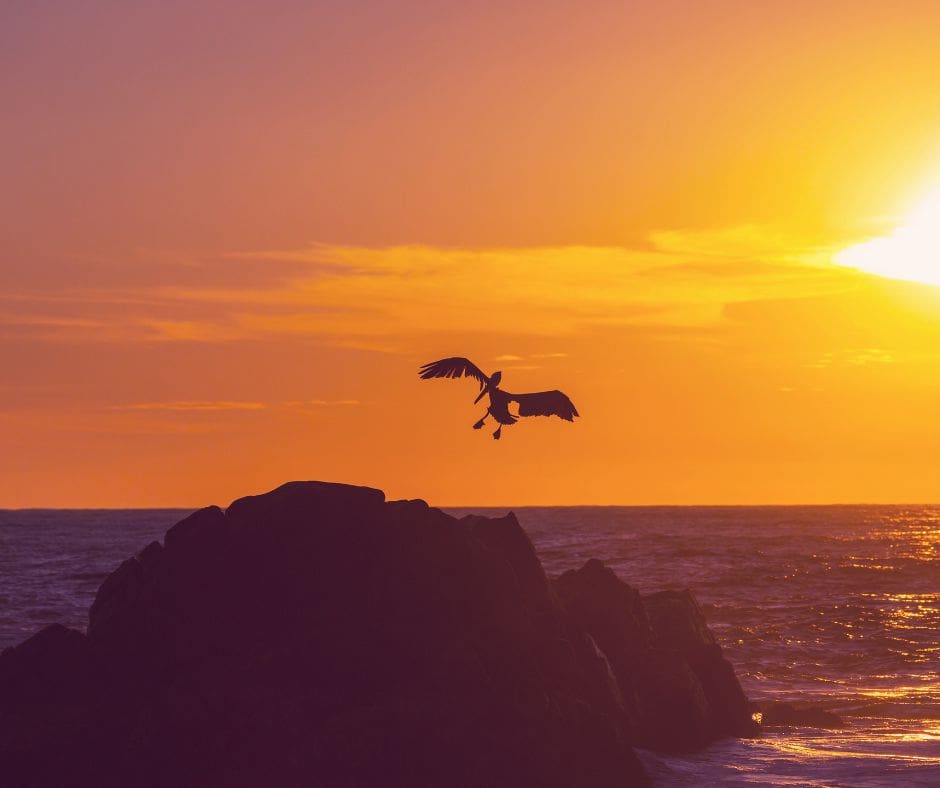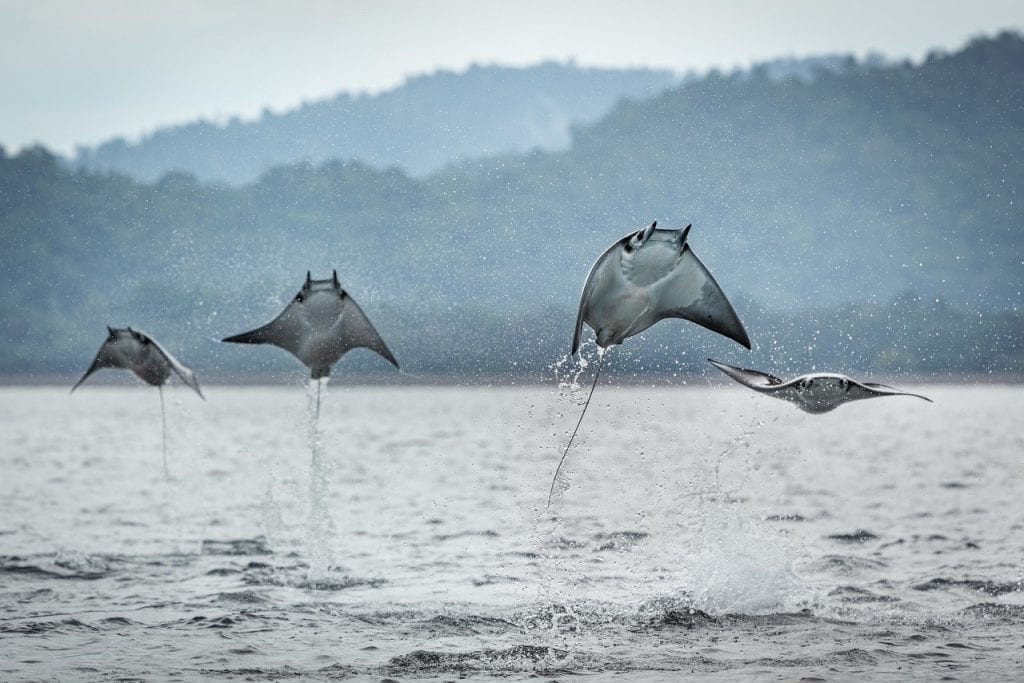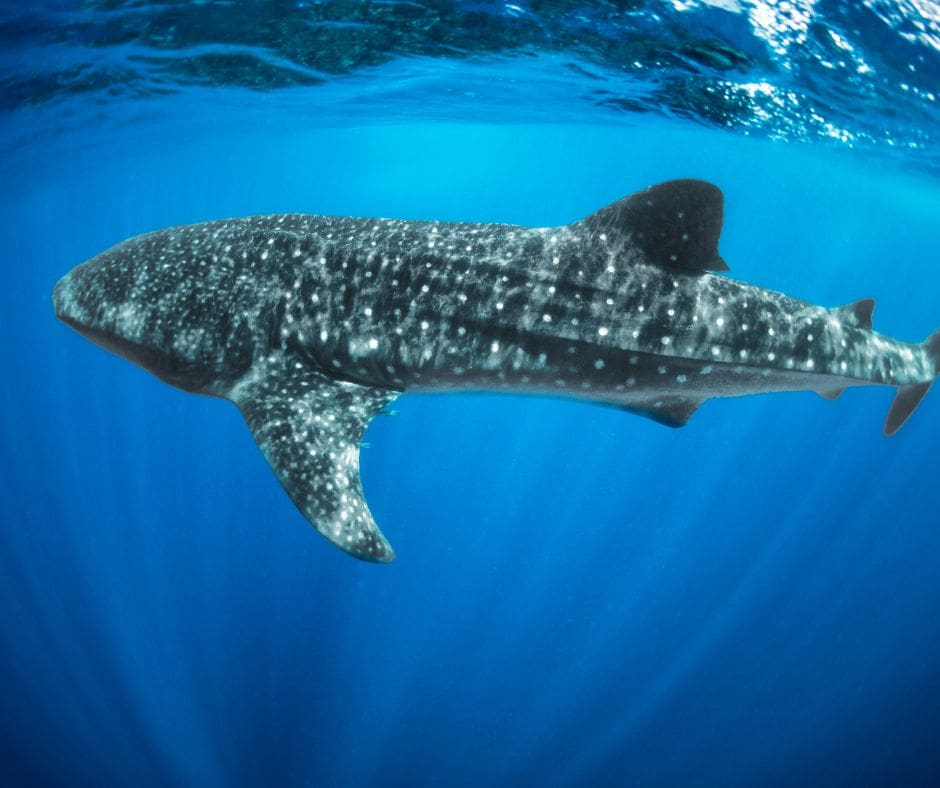
The Enigma of the Yellow-Bellied Sea Snake: A Glimpse into Costa Rican Lore
Nestled within the azure embrace of Costa Rican waters lies a creature as mysterious as it is captivating—the yellow-bellied sea snake. Known scientifically as *Pelamis platura*, this slender serpent boasts a striking dichotomy of colors: a vivid yellow underbelly contrasted sharply against a sleek, black back. But beyond its distinctive appearance, the yellow-bellied sea snake harbors tales and traditions that weave into the very fabric of local folklore, a testament to Costa Rica’s rich cultural and natural heritage.
The Legend Uncoiled
In the heart of Costa Rica’s maritime lore, the yellow-bellied sea snake is more than a mere marine inhabitant; it is a symbol steeped in mystique and mystery. Local narratives often depict this sea snake as a guardian of the ocean’s secrets, believed to possess ancient knowledge and the power to calm the seas or summon storms. Such tales passed down through generations, underscore the deep connection between the people of Costa Rica and the vast, untamed waters that surround them.
A Voyage to the Shore
Contrary to the somber belief that these serpents come ashore solely to meet their end, the reality of the yellow-bellied sea snake’s terrestrial journeys is grounded in a more scientific explanation. These snakes are pelagic, meaning they spend their lives in the open sea, far from the coastal shallows. However, they are occasionally found on beaches, a phenomenon that has puzzled scientists and locals alike.
Recent studies suggest that these instances may be linked to various factors, including reproduction, shedding of skin, or the pursuit of prey. However, one of the most compelling explanations relates to environmental stressors such as severe storms or unusual ocean currents, which can disorient the snakes and wash them ashore. Unlike the somber tones of a final resting place, these beachings may instead represent the resilience of the yellow-bellied sea snake, a testament to its survival in the face of nature’s unpredictability.
Conservation and Coexistence
The presence of the yellow-bellied sea snake in Costa Rican waters also highlights a broader conversation about marine conservation and the delicate balance between human activity and the natural world. As global climate change alters oceanic conditions, the instances of these snakes coming ashore may increase, serving as a barometer for environmental shifts. Thus, understanding and protecting this species is not only a matter of preserving biodiversity but also of respecting the cultural heritage and ecological health of the region.
Embracing the Legacy
For visitors and locals alike, the yellow-bellied sea snake represents a living link to the myths and legends that shape Costa Rica’s identity. By learning about this enigmatic creature and the folklore that surrounds it, we are invited to look beyond the surface and appreciate the deeper connections between our environment, our cultures, and the myriad life forms with which we share our planet.
As we navigate the waters of conservation and cultural appreciation, the story of the yellow-bellied sea snake serves as a poignant reminder of the mysteries that lie beneath the waves, waiting to be understood and respected. In this dance of nature and narrative, we find the essence of Costa Rica—a land where every creature has a tale, and every wave whispers the secrets of the deep.
Follow more tales and insights into Costa Rica’s rich natural and cultural heritage with #howlermag and #howlermagazine, your guides to the wonders of this vibrant land.
—
This exploration into the lore and reality of the yellow-bellied sea snake in Costa Rican waters offers a glimpse into the intricate dance between nature and culture. A creature of beauty and mystery, it beckons us to look closer, listen to the stories of the sea, and respect the delicate balance of our shared world.






